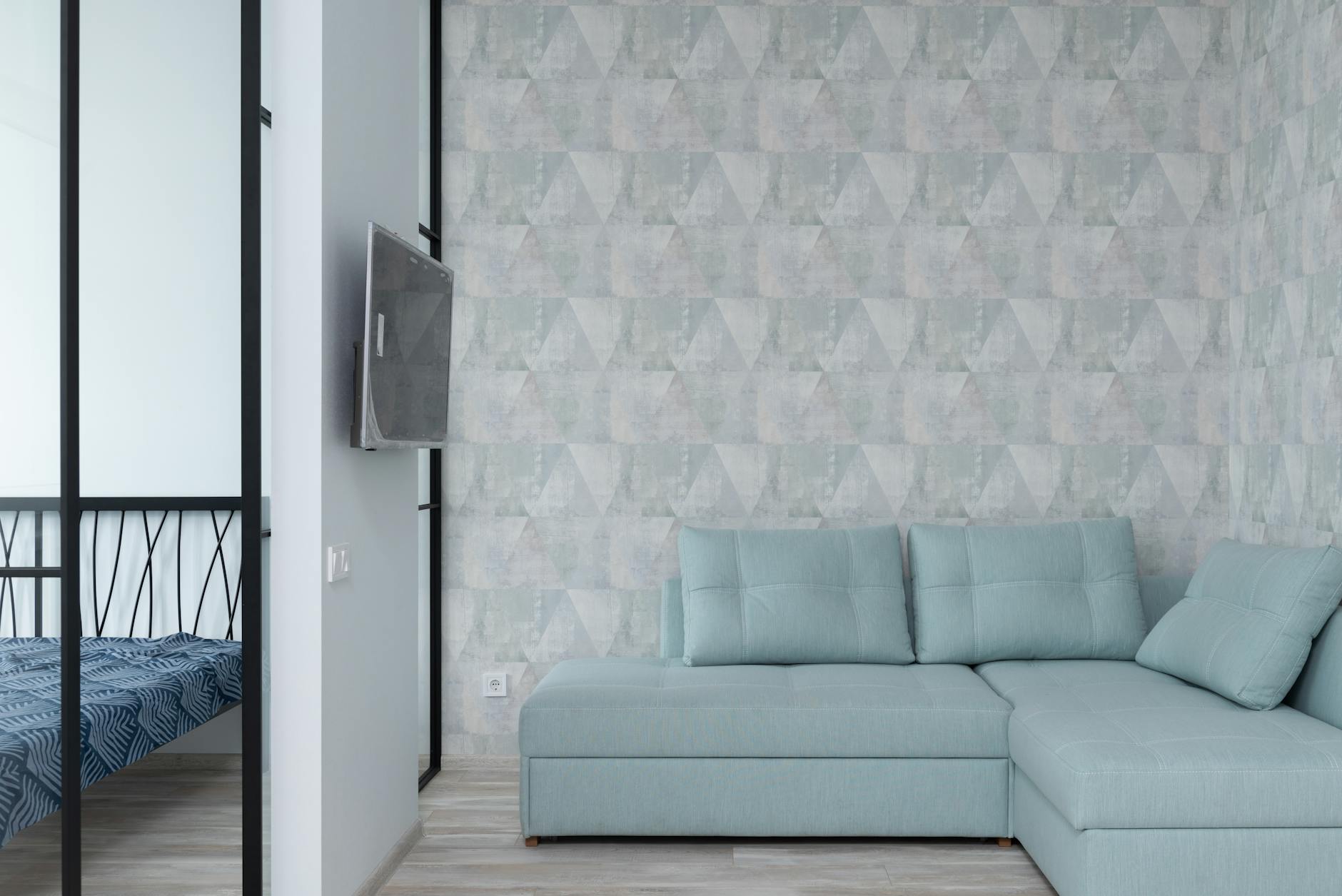How to Enhance Your Skills with Innovative Building Techniques in Australia

Embrace Sustainable Practices
Integrating sustainable practices in construction is more than a trend—it's a necessity for forward-thinking professionals. As someone entrenched in the ever-evolving landscape of residential development, I've witnessed a significant shift towards sustainability that aligns with the innovative spirit often displayed at construction workshops in North Sydney. These practices not only enhance the building process but also significantly impact long-term environmental goals.
Implement Eco-friendly Materials
One fundamental approach is utilizing eco-friendly materials. Materials such as recycled steel and sustainable timber can drastically reduce the carbon footprint of your projects. Advanced options like hempcrete and bamboo are gaining traction in the construction community for their durability and minimal environmental impact.
Optimize Energy Efficiency
Energy efficiency is another crucial aspect. Incorporating energy-efficient designs not only lowers operational costs but enhances the property's value. Techniques like passive solar design or the inclusion of high-performance insulation are worthy considerations. Notably, display homes Melbourne often incorporate these methods, showcasing them as practical, viable options for new builds.
Integrate Water-Saving Solutions
Water-saving solutions also play a vital role. Systems that recycle greywater and install low-flow fixtures contribute significantly to water conservation, helping projects align with sustainability goals without compromising performance.
Whether you're exploring display homes gisborne or examining examples such as Point Cook display homes, these strategies set a benchmark in sustainable construction, guiding professionals toward more environmentally-conscious projects.
Explore Smart Home Integration
Choose Automation Technologies
For those invested in modern residential development, integrating automation technologies is a crucial consideration. As an innovative construction professional, I'm always on the lookout for how these technologies can streamline home management. Automation encompasses everything from intelligent lighting systems to advanced climate controls. Prospective homeowners in Melbourne, eyeing opportunities like display homes for sale Melbourne, should recognise the appeal and practicality that such technologies promise. These systems can be programmed to adjust lighting, temperature, and even security settings throughout the day.
Leverage IoT for Home Management
Home automation takes on a new dimension with the Internet of Things (IoT). Devices such as smart ovens, refrigerators, and even coffee makers can interconnect to create a more convenient, energy-efficient lifestyle. For new developments, incorporating IoT is often regarded as a forward-thinking move that distinguishes a property in a competitive market. By attending construction workshops in North Sydney, professionals can stay abreast of emerging IoT solutions suitable for residential projects.
Enhance Security with Smart Devices
Security remains a top priority for many homeowners, and smart security devices have revolutionised this space. Technologies such as smart locks, cameras, and motion sensors offer peace of mind and ease of access. For developers, these devices are integral to the appeal of options like display homes Sunbury. Not only do they offer superior security, but they also provide a selling point that resonates with tech-savvy individuals and families seeking a comprehensive, modern living environment.
Understand Prefabricated Homes
Benefits of Modular Construction
Prefabricated homes offer a range of advantages that appeal to the modern construction engineer. The beauty of this approach lies in its efficiency, often reducing build times by as much as 50% compared to traditional methods. This speed enables projects in areas like Wollert and other Melbourne suburbs to scale rapidly, meeting tight deadlines without compromising quality. Additionally, modular construction tends to be more sustainable, as it minimizes waste and often utilises eco-friendly materials.
Installation Process Explained
The installation process for prefabricated homes involves a series of meticulously coordinated steps. Initially, sections are manufactured in a controlled factory setting, ensuring precision and superior craftsmanship. These sections are then transported to the site for assembly, much like piecing together a puzzle. Engineers and professionals, especially those with a keen interest in innovative projects like those in Barangaroo, will appreciate how this method reduces on-site disruptions, allowing for efficient project timelines and reduced labour costs.
Customization Options Available
Customization is another selling point for prefabricated homes. Unlike more rigid construction approaches, you have the flexibility to tailor designs to fit specific needs and preferences. Whether you’re planning to embark on projects with new homes Melbourne builders or exploring Wollert display homes, the level of personalization available can be quite empowering. This adaptability allows for an array of modern features, including smart home integrations and sustainable options, aligning perfectly with the goals of any forward-thinking construction professional.
Utilize Digital Design Tools
Incorporating digital design tools into your construction projects can significantly streamline processes and enhance the visualisation experience for clients. Using Virtual Reality (VR) in planning spaces provides an immersive view, enabling potential homeowners to 'walk through' a property before it's even built. This is particularly advantageous when considering options for a cheap house and land package, as it helps clients make informed decisions without visiting multiple sites.
Augmented Reality (AR) further enriches the design phase. By overlaying digital elements in a real-world environment, AR allows clients and professionals to see exactly how design features will look and fit in a given space. Imagine how visiting display homes Craigieburn vic can be augmented with this technology to offer a layered complexity in understanding spatial dynamics.
Moreover, Building Information Modeling (BIM) serves as a comprehensive tool for project management. It brings all parties involved—designers, builders, and engineers—onto a single platform, promoting collaboration and ensuring all aspects of the building process are covered. Construction engineers and developers can enhance efficiency and accuracy, reducing costly mistakes and time delays.
For those participating in construction workshops in North Sydney, leveraging these cutting-edge technologies can ensure that your projects are at the forefront of innovation. Whether it's VR, AR, or BIM, each tool plays a crucial role in modern residential development, empowering professionals to create more advanced, efficient, and client-focused solutions.
Overcome Challenges in Construction
Surpassing Technology Barriers
In our dynamic industry, staying ahead means embracing technological advancements, though they often pose initial hurdles. One common challenge is ensuring interoperability between various home and land packages software tools. Attending industry conferences at the International Convention Centre in Darling Harbour can help professionals like us get hands-on experience and insights on the latest tech that promises seamless integration. Engaging with tutorials and construction workshops in North Sydney can also widen one's expertise, allowing us to adeptly navigate through these digital barriers and implement cutting-edge solutions.
Tackling Sustainability Concerns
As construction professionals, we're increasingly urged to incorporate sustainable practices in our projects. The call for sustainability is loud and clear, particularly in burgeoning residential developments like those seen at Barangaroo. Employing eco-friendly materials and waste management technologies can be challenging initially due to cost implications and material availability. Nevertheless, dedication to sourcing local, sustainable materials and engaging in conversations with suppliers will gradually align our objectives with broader environmental goals, fostering a more robust approach to residential development projects.
Navigating Compliance and Regulations
Navigating the labyrinth of compliance and regulations is another significant challenge. Each project requires a thorough understanding of the local building codes and regulations, which can often be complex and subject to frequent updates. Keeping up to date through professional gatherings and workshops can be invaluable. These platforms provide critical insights into current standards and foster discussions around best practices, ultimately ensuring that our projects meet all necessary compliance requirements and stand the test of time.


